RF & Microwave Engineering Blog Posts
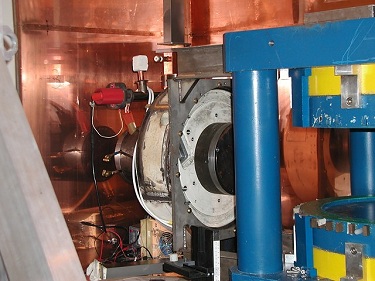
Hybrid Linac-MR for Real-Time Image-Guided Radiotherapy
A team of medical physicists at the Cross Cancer Institute in Alberta, Canada has come up with an innovative approach to treat cancer. In affiliation with The Linac-MR Project, the team led by Gino Fallone aims to improve the accuracy of cancer treatment by reducing damage to healthy tissue surrounding a tumor site, while ensuring the tumor receives the intended radiation dose. They are accomplishing this through the development of a hybrid linear particle accelerator (Linac) integrated with magnetic resonance […]
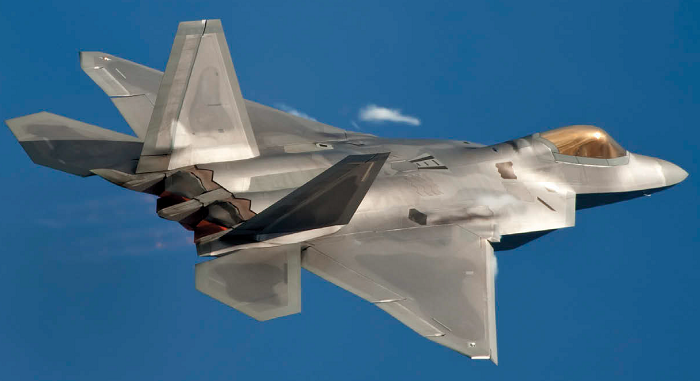
Flying Under the Radar with Altran Group’s Stealth Antenna Design
The unique properties of radio frequency (RF) electromagnetic radiation enabled countless innovations in recent decades, including the development of radar systems. Depending on the frequency, RF radiation can travel through solid insulating structures, typical atmospheric conditions, clouds, and rain with only minimal losses allowing for its use over long ranges and in varied weather conditions. The aerospace and defense industries have expanded and progressed rapidly as a result of using radar systems for detection and classification tasks to determine if […]
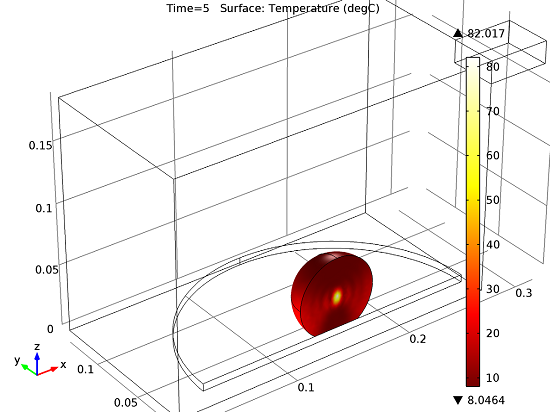
Why Does a Microwave Heat Food Unevenly?
It’s probably something we have all experienced. We get home, stick last night’s leftovers in the microwave, and sit down to have a nice meal — only to realize that the food is scalding hot one bite and freezing cold the next. This experience has prompted me on more than one occasion to wonder: Why does a microwave heat food so unevenly?

Fractals, Beyond Eye Candy
Fractals are those exotic mathematical entities whose geometric properties fall between integer dimensions (1D, 2D, 3D). Space-filling curves and bounded sets with infinite perimeters fall into this category.
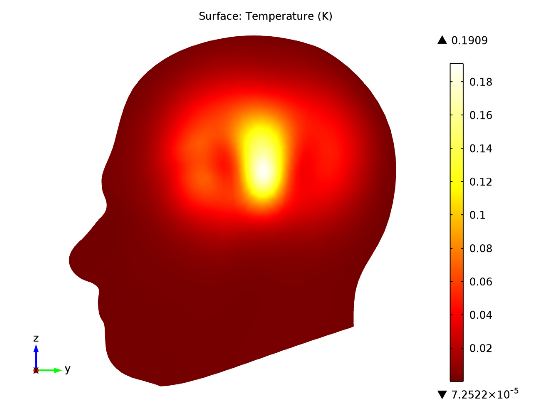
Specific Absorption Rate (SAR) in the Human Brain
It seems everyone and their kid brother has a cell phone these days — and we are constantly using them. We don’t just rely on them to make calls anymore, either; they serve as our maps, calendars, to-do lists, channel for social interaction, and so forth. This continuous use begs the question: “What about the radiation our phones emit, and how much of it is absorbed by our brains?” When considering this, scientists use the specific absorption rate (SAR) to […]

Modeling of Coplanar Waveguides
The Coplanar Waveguide (CPW) is commonly used in microwave circuits. COMSOL Multiphysics, with the RF Module, makes it easy to compute the impedance, fields, losses, and other operating parameters needed when designing a CPW.
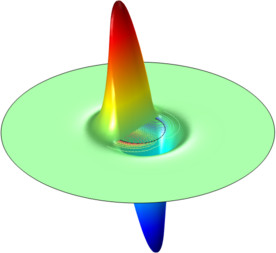
Step-Index Fiber Simulation
Optical fibers are used to transmit information in the form of light through an optical waveguide made of glass fibers. The light is sent in a series of pulses that can be translated as binary code, allowing the transfer of information through the fiber. Because such pulses can travel with less attenuation and are immune to electromagnetic disturbances, fibers are used instead of traditional metallic wires thus allowing data transmission over longer distances and at higher bandwidths.
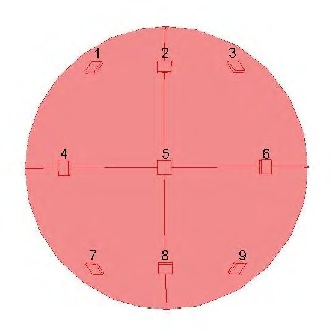
Microwave Imaging for Breast Cancer Detection
Last month was Breast Cancer Awareness Month (BCAM). In many parts of the world walks were coordinated to fundraise for breast cancer research, and here in the U.S. it also meant NFL football players donned pink gear throughout the month. It was only fitting then, that a poster was presented on the topic at our conference in Boston. The research presented there explores a new method for detecting breast tumors.
